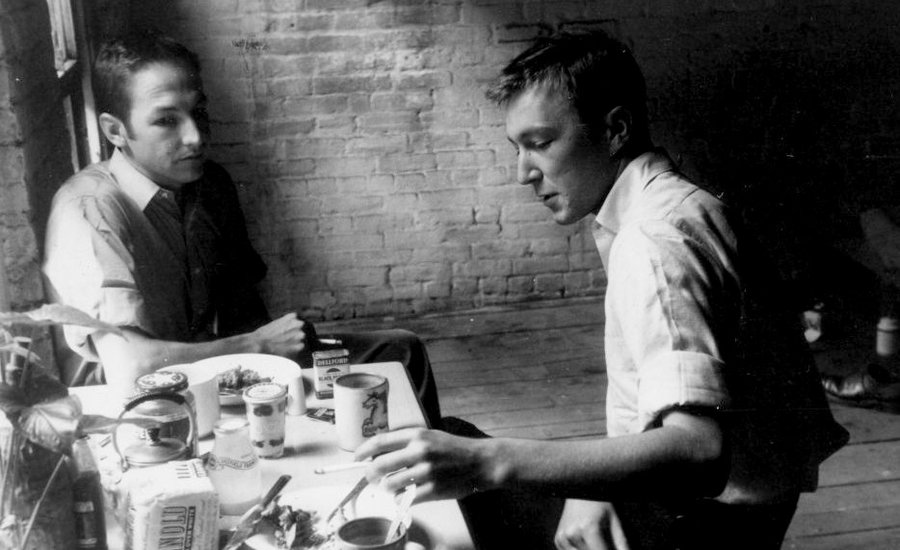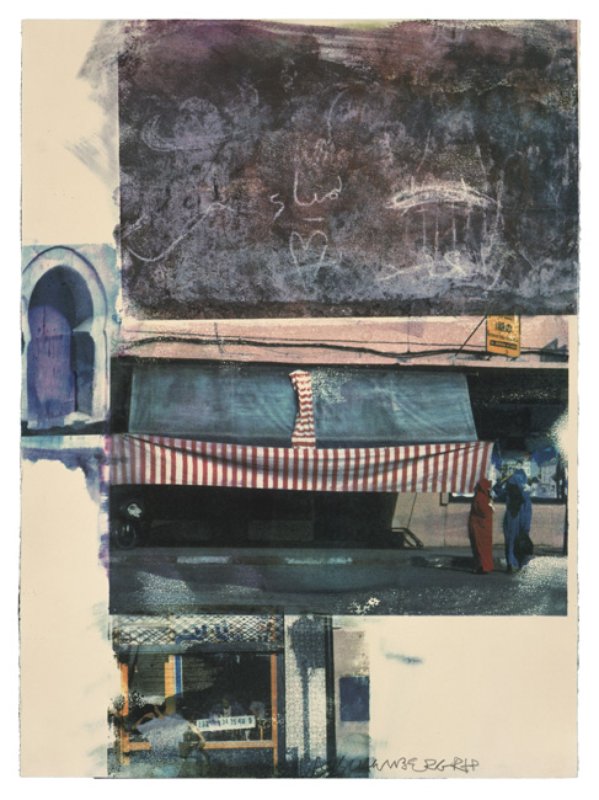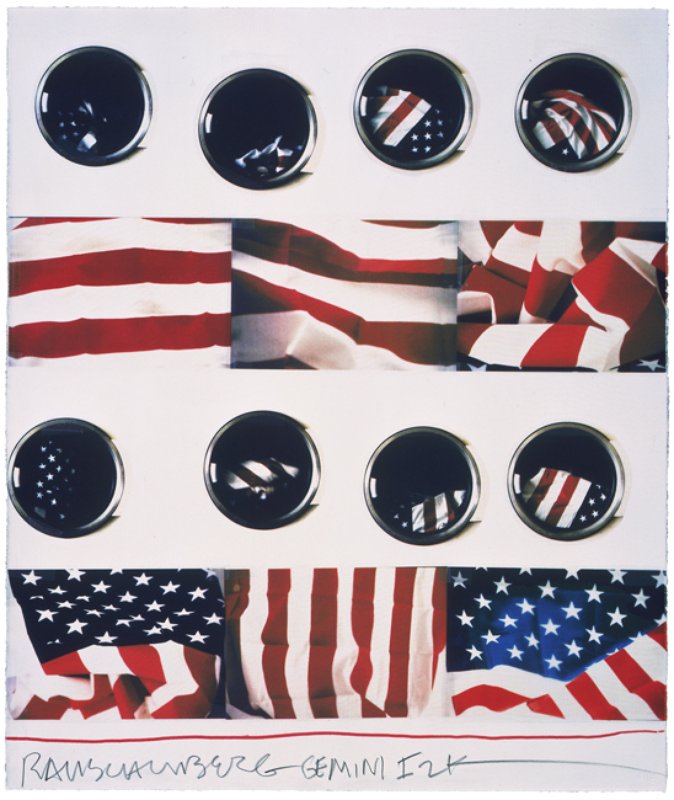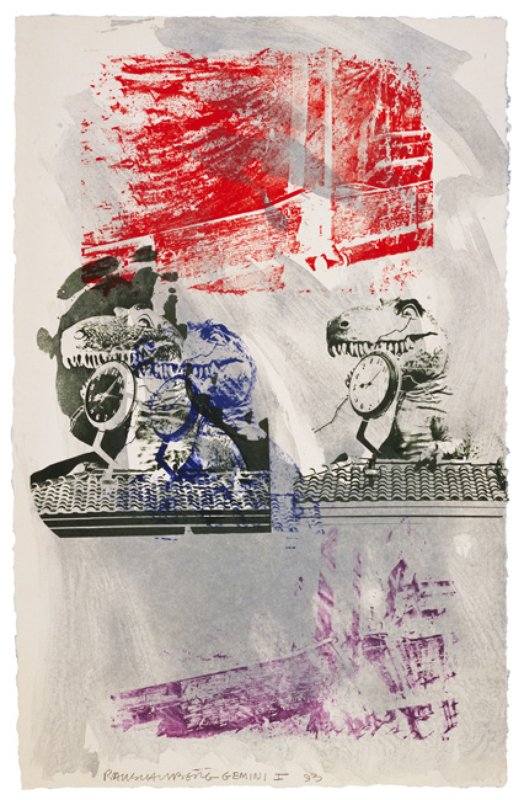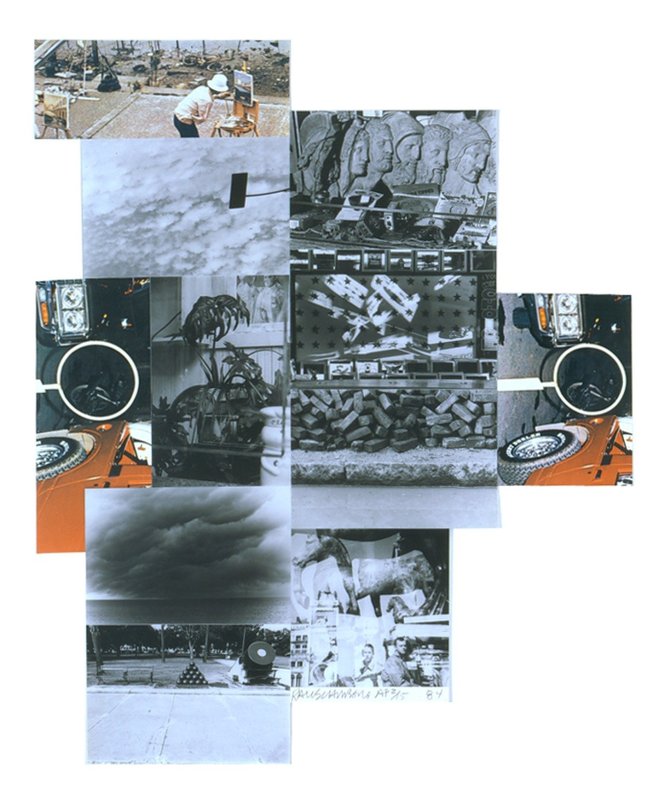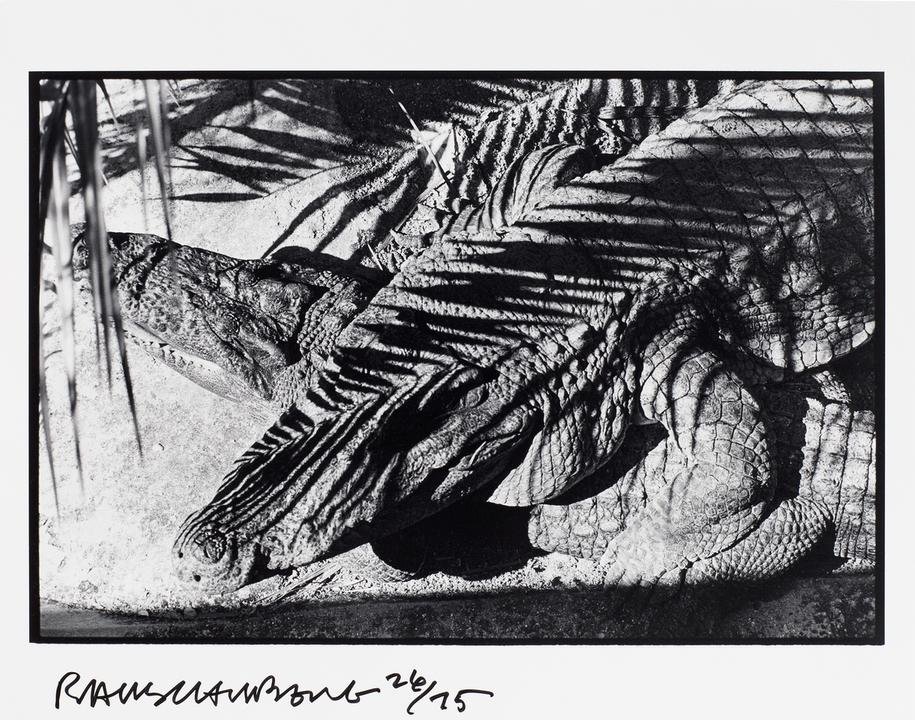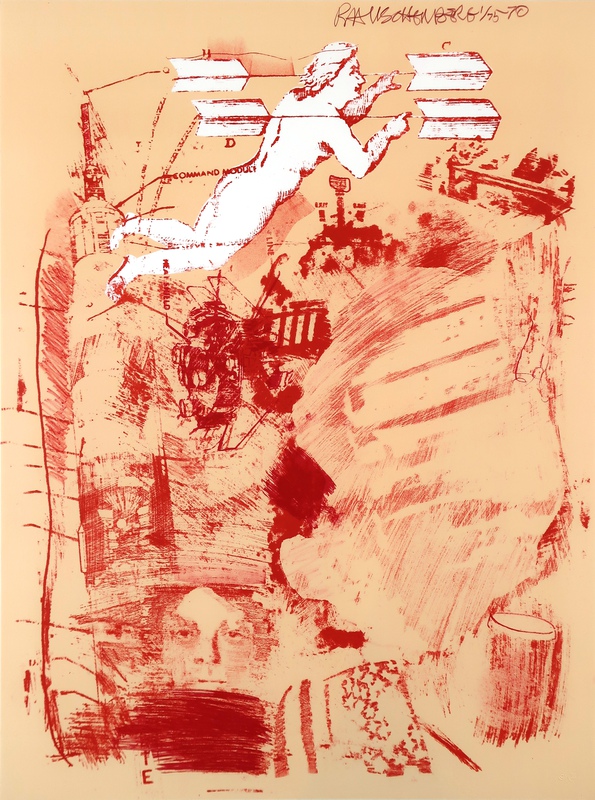On May 21st Robert Rauschenberg 's retrospective "Among Friends” opens at MoMA, the same day the 2017 AIDS walk will take place. Although this timing is merly coincidence, there’s indeed an important connection to be made between the two events. Robert Rauschenberg did not have AIDS, but he was a gay artist (he and Jasper Johns were involved for about six years until 1961) and a member of a community of people that would be direly affected by the AIDS crisis in the late 1980s—a fact that MoMA’s wall labels will not likely include. Every since Roland Barthes declared the “birth of the reader” in his seminal text “The Death of the Author,” art historians and curators aimed to actively separate artistic biography from their interpretations, leaving it up to the work and the viewer’s reactions to speak for themselves. But Yale art historian Jonathan David Katz is among the brave and the few to dare to bring back biographical information that cannot simply be ignored in the name of formalism. In this epilogue of “Committing the Perfect Crime: Sexuality, Assemblage and the Postmodern Turn in American Art” (2008) from Phaidon’s Art & Queer Culture , Katz examines the relationship between Rauschenberg’s assemblage practice and homosexuality.
...
 Robert Rauschenberg,
Should Love Come First?
, 1951
Robert Rauschenberg,
Should Love Come First?
, 1951
Forty-four years ago, in his catalogue essay for Rauschenberg’s first museum exhibition, the curator Alan Soloman had this to say about meaning in Rauschenberg’s works:
“it is not true that the combines are intended to be anagramic statements of ideas…which we are expected to puzzle out and which will reveal their meanings to us if we succeed in fitting the pieces properly. There are not secret messages in Rauschenberg, no program of social or political discontent transmitted in code, no hidden rhetorical commentary...no private symbolism available only to the initiate”
That was in 1963. Exactly forty years later, in his 2003 Rauschenberg book Random Order , Branden Joseph sounded almost exactly the same note, albeit more up to date, now bolstered through the ventriloquized voice of Rosalind Krauss :
“The status of Rauschenberg’s work as high art has brought forth increasingly intense attempts to read it through the most traditional paradigms of signification, including that of iconography. Such readings have recently gained in prominence as the artists’ work has come to be seen as expressing coded messages about his sexual orientation. Although, as Rosalind Krauss has observed, “the convicted iconographer is almost impossible to dissuade,” nearly three decades of such analyses have yielded only partial and unsatisfactory results….”
In the four decades between those two texts, much has changed, but much as the quotations reveal, has not. Both denounce the prospect of traditionally conceived meanings encoded or otherwise secreted in Rauschenberg’s work. As Joseph understands it, “Rauschenberg pursued forms of aesthetic signification and spectatorial reception that challenge traditional signifying means.” “Yes, of course he did. But we have failed to put this new approach to meaning in its historical context, failed to ask about the resonance between such a renewed attention to the problem of meaning and the advent of the cold war, perhaps America’s most heavily policed cultural moment.” Instead of analyzing how queer authorship came to be nervously frontloaded with an array of doubts, dis-simulations, and anxieties at the height of the Red Scare, McCarthyism, and the House Un-American Activities Committee, the last forty- years of Rauschenberg-Johns scholarship have instead witnessed a near-continuous critical reengagement with the terms of a proposition figures like John Cage , Rauschenberg, and Jasper Johns first prompted in the middle of the last century. When generally disputations scholars cooperative circle the wagons against a specter dubbed “traditional signifying means,” it is clear how powerful critical intelligence has become allied, and stayed allied, with one postmodern critical project—in large measure because it ventriloquizes a foreclosure of any discussion of same-sex sexuality through recourse to the artists themselves.
 Robert Rauschenberg,
Yoicks,
1954
Robert Rauschenberg,
Yoicks,
1954
The native opposition in Rauschenberg-Johns scholarship between a putatively postmodernist denigration of intentionality on the one hand and what gets called iconography on the other is itself a highly instrumentalized distinction. Joseph’s dismissal of, in his words, iconography’s new “prominence as the artist’s work has become to be seen as expressing coded messages about his sexual orientation” alludes to what is at stake and why. The new homophobia no longer flatly denies, as it once did, the same-sex relationships among Johns, Rauschenberg, Cy Twombly, Cage, Merce Cunningham , and so many others in their circle. Instead, it denies that biographical fact any critical purchase, casting it aside as a relic of what Joseph dismisses as “the most traditional paradigms of signification.” But, as I have shown, it was precisely John’s and Rauschenberg’s sexuality that informed their development of a critique of traditional forms of meaning-making. In short, the postmodern turn in American art had authors; these authors had relationships with one another; these relationships not only informed their thinking about audience and meaning-making in a context of grave constraint, but moreover are written on the surfaces of their work—not only as iconography but as a far less codified but no less intentional pressure on the process of signification as well.
 Robert Rauschenberg, John Cage and Merce Cunningham, 1960. Photo: Richard Avedon
Robert Rauschenberg, John Cage and Merce Cunningham, 1960. Photo: Richard Avedon
It is, at best, an unwarranted assumption to extrapolate from the position that because an audience cannot reconstruct an artists’ meanings, the artist therefore intended none. To articulate an audience-centered art does not require eliminating the prospect of authorial intention. A fully audience-centered art open to the free play of signification can in fact happily coexist with quite specific and traditional authorial meanings; the author’s meanings do not have to be the audience’s, but that doesn’t entail that authors do not have meanings of their own. In short, works that “challenge traditional signifying means” may also—partially and discontinuously— signify in traditional ways, which is to say intentionally, expressively, not least when extant social codes necessitate differentiated forms of address fo different audiences in the context of illicit desire. In short, there are multiple audiences for the work of Johns and Rauschenberg—a general audience, an audience among a circle of friends, and audiences of each other. These different levels of audience at various points in the work engage different reading strategies. It is no denigration of postmodernist practice to insist also and at the same time that works are utterly decentered from the perspective of a general audience and often do not have particular meanings for their makers, or for their friends of their makers.
 Robert Rauschenberg,
Minutiae
, 1954. Created as part of a traveling stage set for Merce Cunningham's dance company
Robert Rauschenberg,
Minutiae
, 1954. Created as part of a traveling stage set for Merce Cunningham's dance company
In ordinary discourse, we readily accept that couples maintain private codes and meanings; why is it so hard to accept that in art-work? Indeed, Johns and Rauschenberg’s breakthrough toward a critical stance of anti-authoriality was, as I have argued, itself a deliberate authorial strategy, an alluring invitation proffered to deflect attention away from other, more personal meanings. As code makers know, there is nothing as effective as a superfluity of signification to camouflage the generation and receipt of particular messages. To historicize postmodernism—to explore the conditions of its genesis—underscores the rootedness of these insights in a particular cold-war cultural matrix. Now, over a half-century later, such a historicization of postmodernism is well overdue.
Related Artworks











